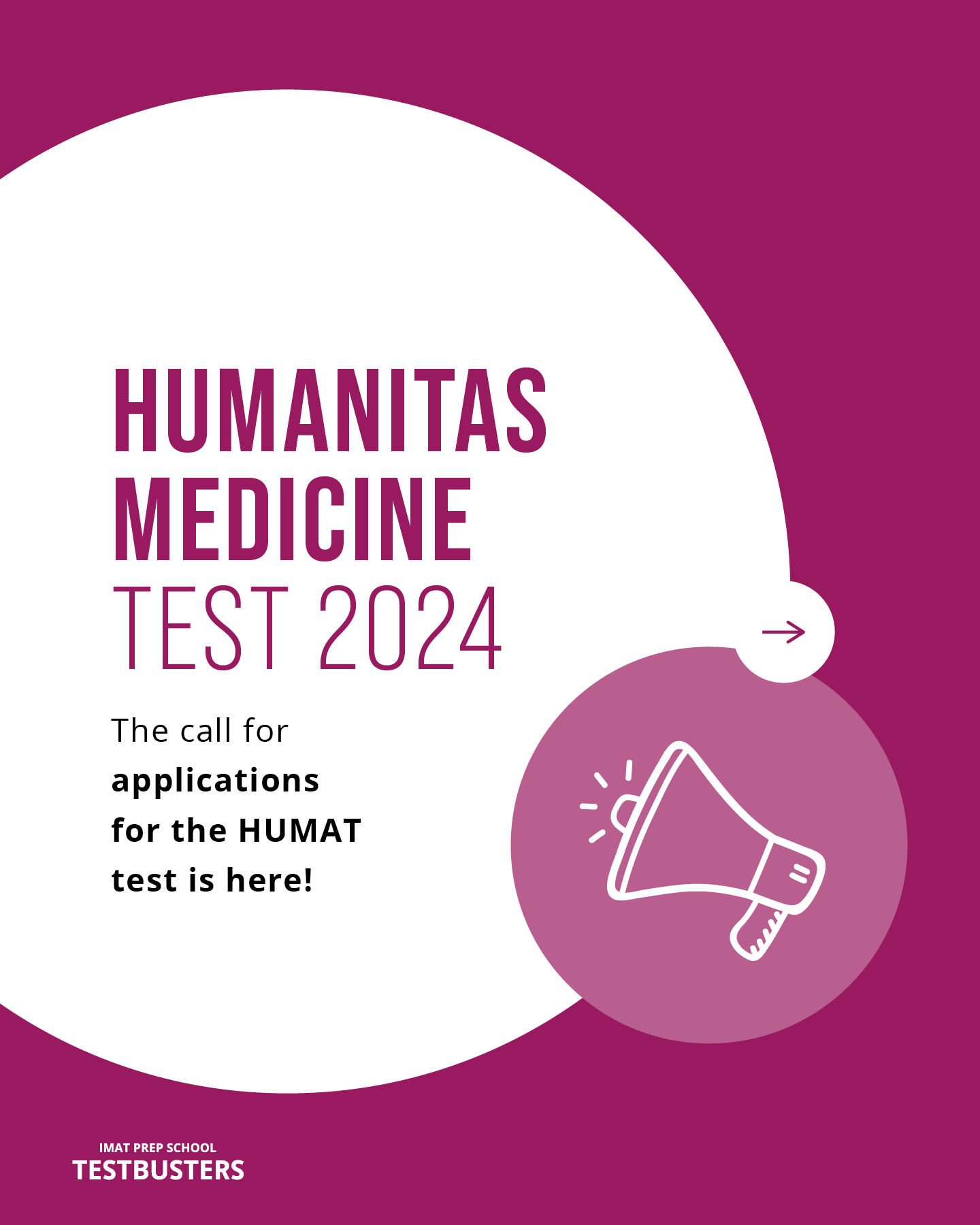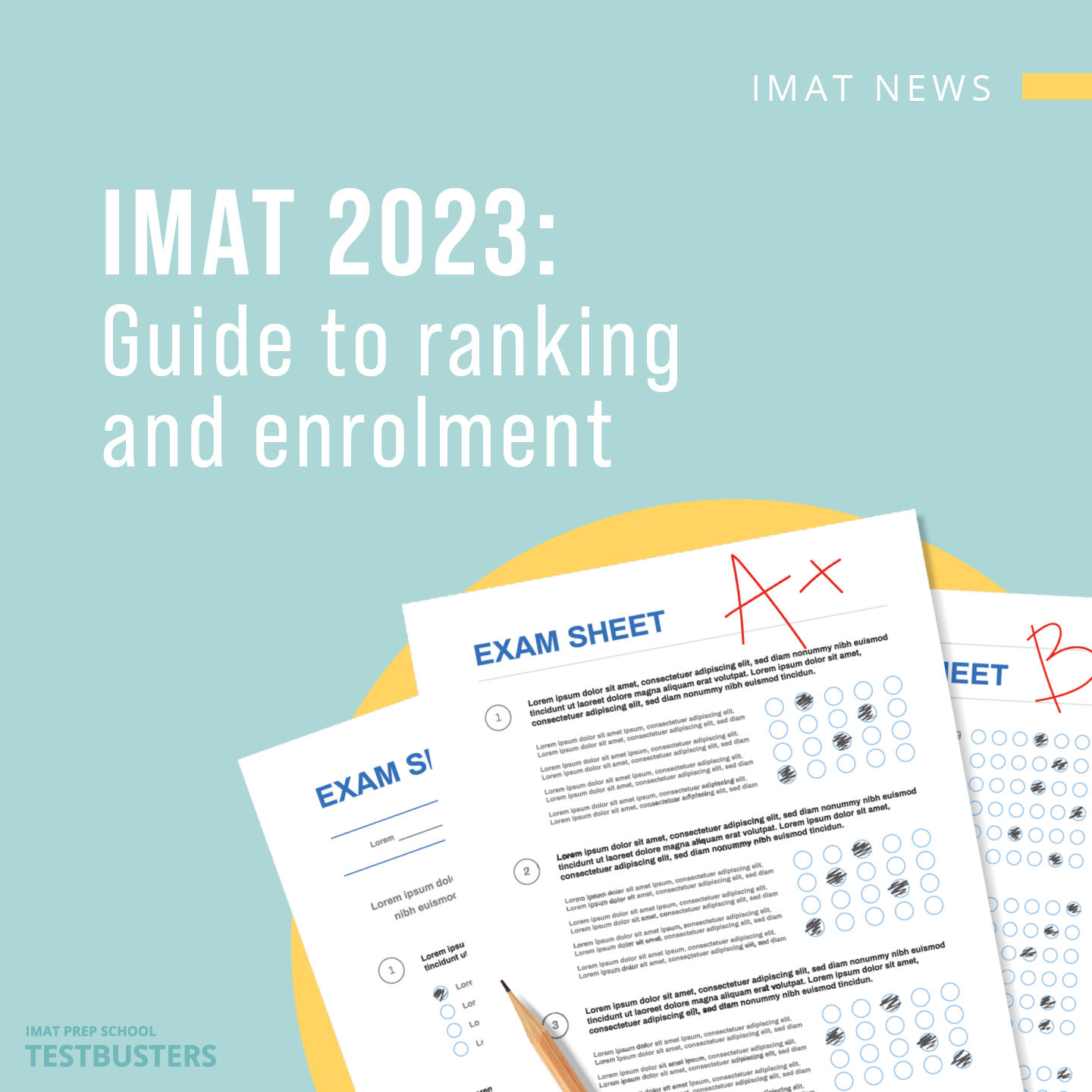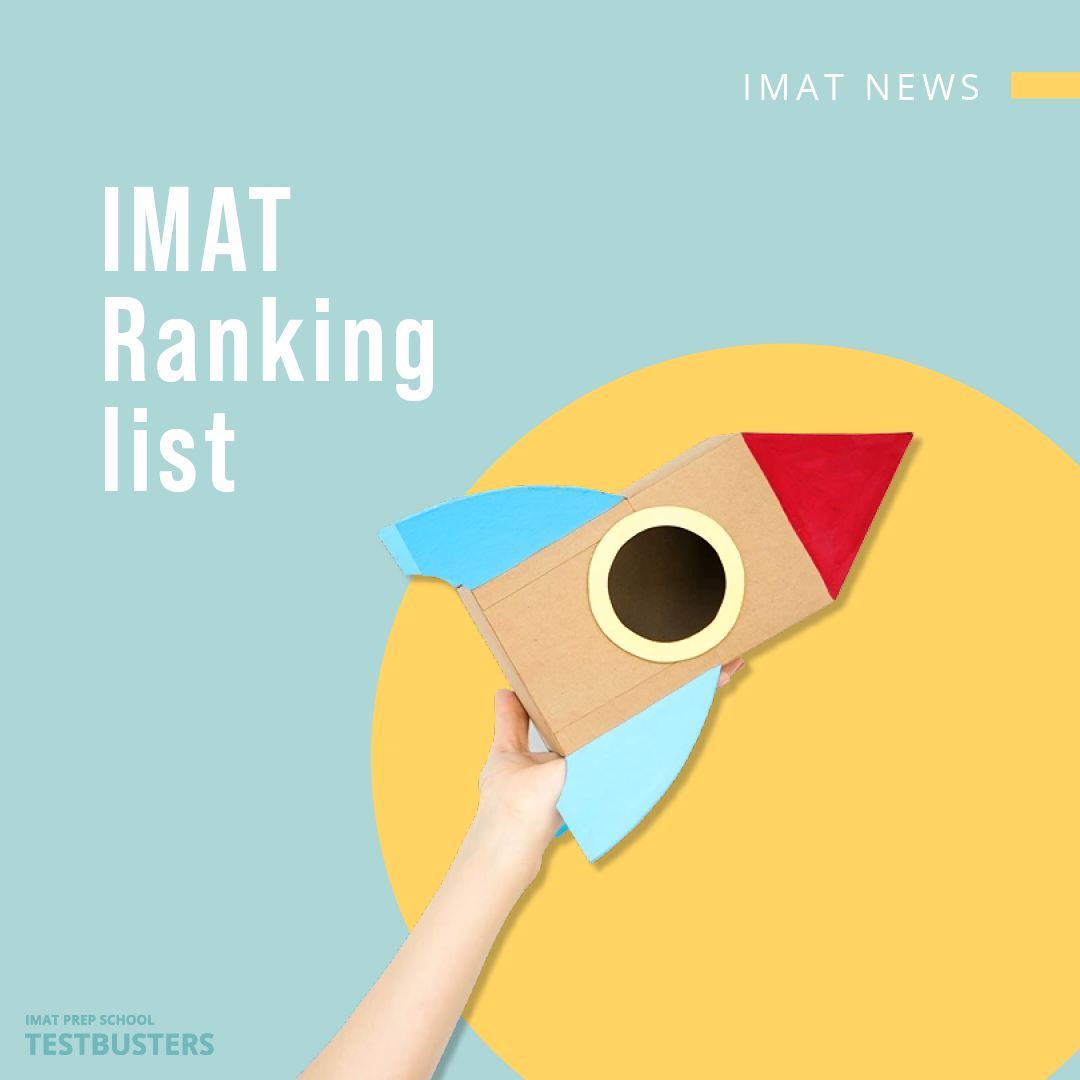The University of Turin is one of the most ancient and largest Italian universities, open to international research and training. Founded in 1404, it now hosts almost 80.000 students in 120 different buildings and 159 degree programs in various areas of Turin. It can be considered a “city within the city”. Many illustrious names took their degrees at the University of Turin; amongst them, we can mention Erasmus of Rotterdam, Rita Levi Montalicini, Giuseppe Saragat (Italian President), Salvatore Luria (Nobel Prize for medicine), Primo Levi.
In 1985 the University of Turin and the French University of Savoy established the first binational degree program.
The main building in the Turin City Center is called “Palazzo del Rettorato ” (Palace of the Rectorate) in via Po. It doesn’t host the Faculty of Medicine, located instead near the Molinette Hospital for the Italian course and Orbassano for the English one.
MD program – Medicine and Surgery
In 2017, UniTo started hosting the MD program, a degree in Medicine and Surgery held in English, at San Luigi Hospital in Orbassano. Before 2017 courses were held in Italian.
In the 2022-2023 academic year, it will hold a total of 100 students, of which:
- 70 European citizens
- 30 non-European citizens
Location and classrooms
The university is located in Orbassano, just outside Turin and can be reached by taking bus 43, which stops right in front of the hospital’s main entrance.
If you prefer driving, it is full of parking areas. Moreover, you can carpool with other students using the app JojobRT. This will take less time to reach the University.
We strongly recommend you look for a place in Turin rather than near the university since it is a little bit isolated from the student’s living areas. The most popular for students are ‘Sansalvario’, ‘Santa Rita’ and ‘Cit Turin’. The nearest to the city centre are ‘Sansalvario’ and ‘Cit Turin’.
If you want to study at the University, there is a library and different study rooms (aule treno, aule genetica, first floor). In particular, in the Aule Treno and Aule Genetica you can even find some microwaves to warm up your food.
If you don’t have your lunch with you, there is a canteen in which prices vary based on the family income and two cafeterias.
From the third year, clerkships and lessons will begin. The leading campus for both activities will be San Luigi hospital. However, students can attend clerkships in other hospitals in Piedmont:
- San Luigi
- Pinerolo Hospital
- Rivoli Hospital
- Mauriziano
- Asti Hospital
- Maria Vittoria
- Cuneo Hospital
- Verduno Hospital
- San Giovanni Bosco
- Molinette
Unfortunately, clerkships and lectures occur in the same period: in the morning, you have clerkships, while in the afternoon, you have lessons to attend.
Educational plan
The educational plan is different from the Italian course. During the first two years, you have lessons all day long, and you study pre-clinical subjects. However, they are organised so that you do not learn the same topics again in the clinical years. For instance, during the course of human morphology 1, you do not cover the musculoskeletal system because it is done during that of Orthopaedics and Traumatology.
The Medical School is more focused on practical experiences. From the first year, you start to have a taste of what it means to be in a ward and from the first semester of the third year, you begin with clerkships.
Apart from the medical subjects, you must follow an English course during the first and third years. In the third year, you learn how to write an article that might be tedious but highly valuable for your future career. Moreover, a B2 English certificate is required, but it is not mandatory. If you still need it, you have to do an additional English exam that certifies your level at the end of the English course of the first year.
For every course, attendance is mandatory at 67%, which, most of the time, is controlled. Students at the beginning of the lesson must sign an attendance sheet; if the attendance does not reach 67%, you are not allowed to sustain the exam. Instead, you have to follow the course the year after.
The first year
Lectures usually start the first week of October, except for the first year, which begins at the end of the month. This means that lessons will finish in February and the exam period will be shorter than in the following years. Most of the time, professors are physicians working in San Luigi hospital; they are Italians speaking English. During the first year, you will sit for seven exams: 3 in February and 4 in June/July.
First semester:
- Cell Biology and Genetics (11 CFU): It is characterised by a written quiz and an oral examination in which you can divide the subjects as you prefer. If you do not finish the whole exam in a single session, marks are valid until the following one.
- Introduction to medicine (4 CFU): it is a written exam, and the means of evaluation is a personal essay that covers a single subject or the whole course’s subjects.
- Medical language (4 CFU): the exam is divided into two parts. Test A is an oral examination describing a chart and a conversation in English. Test B is a multiple-choice exercise based on scientific English’s most common grammar structures. Moreover, there are other exercises principally based on the use of verbs.
- Preparatory Biochemistry (7 CFU): it is a written and oral examination. The first test is a multiple-choice quiz aimed at verifying the student’s basic knowledge; to move on to the second step, you need to score 10/12 within 15 minutes. The second part consists of problems and multiple-choice quizzes based on reasoning. You can achieve a maximum of 17 points, but you are allowed to navigate between questions freely. After summing up the scores of the first and second tests, you must reach at least 18 to pass the exam. Finally, the oral examination can be performed upon the professor’s or student’s request. The oral examination can increase or decrease the score by up to 6 points.
Second semester:
- Basis of human morphology 1 (8 CFU): it consists of both the modules of histology and anatomy 1 in a written and oral exam. Thirty multiple-choice questions in 30 minutes characterise the written test. Once you have passed the written, you can attend the oral examination, divided into three moments: illustration of a microscopy anatomy preparation, anatomy questions and histology questions. With the oral, students can increase or decrease their score by a maximum of 6 grades.
- Biochemical and molecular basis of metabolism (11 CFU): this course comprises three different modules — biochemistry, bioinformatics and molecular basis of metabolism. The exam is a written test of 50 multiple-choice questions followed by an oral discussion.
- Physics (3 CFU): you can choose between an online or an in presence course. In both cases, the exam consists of a written test followed by an oral examination with three questions.
The schedule can vary, but most of the time, you will have lessons from 9 am to 6 pm. Some days you can even end lectures at 1 pm, others at 4 pm. Timetables can be found here.
Pros and cons of Medicine and Surgery in Turin
Pros:
- Since there are many international students, you can get in touch with different cultures and traditions.
- Classes are small, so lessons are more interactive and there is better interaction with professors. Moreover, there is a greater possibility of doing clerkships.
- You start clerkships and clinics a bit earlier than the Italian course.
- The university is inside the hospital; this means that during clerkships, you can go to the wards in the morning and follow lessons in the afternoon without moving around Turin.
- The English degree is equivalent to the Italian one.
- By studying in English and doing clerkships in Italian, you will master both languages quickly.
- Studying in English, you continue to practice the language. Moreover, nowadays all scientific literature is written in English, so everyone needs to get acquainted with it.
- The university is smaller, meaning it is easier to know all the pupils from other years.
- Erasmus: the university allows us to participate in the international mobility programme called “Erasmus +”.
Cons:
- San Luigi is isolated; therefore, it is easier to get there if you have a car.
- The professors are Italian, so sometimes their English is a bit basic.
Lunch and Libraries
Inside San Luigi university is a Library where you can study and borrow books if needed.
There are also other medical libraries located in the city of Turin:
- Molinette: Corso Dogliotti 14
- Polo CTO: via Zuretti 29
- Polo Biologico: corso Raffaello 30
- Presidio Dental school: via Nizza 230
- Polo Rosmini professioni sanitarie: via Rosmini 4/a
In San Luigi, there is also a canteen where students can eat for a low price which depends on the family’s income. Otherwise, if you prefer to bring food from home, there are microwaves in the study rooms.
Nearby there is also a mall where you can find different restaurants and fast food. Unfortunately, it is a 10 minutes drive from the Hospital.
Enrollment
To enrol in Medicine and Surgery in Orbassano you must pass the IMAT test.
Once you see “Assigned” in the ranking, you have four business days to enrol.
- Register to MyUnito with the SPID credentials
- Click on Enrollments> admission tests > go on and choose One Long-Cycle Degree programme in Medicine and Surgery
- Enrol for the test (you do not have to pay for the test again)
- Go back to the MyUnito homepage>Enrollments>matriculation
- Pay the first tax and upload all the required documents
Secretary’s office
Main office:
- address: Corso Massimo D’Azeglio 60, Turin
- Phone: +39 011 6709900
- Email: Italian students can contact the Help Desk; international students can use the email [email protected]
IMS office
- address: Regione Gonzole 10, Orbassano
- Phone: +39 011 670 6180 / 6169 / 8286 / 5772
- Email: [email protected]
Bureaucracy
Transferring
You can transfer from Italian or foreign universities only for English programmes. If you want to move from the Italian course to the English one, you must pass the IMAT test. Transferring might be complex and depends on the number of free spots in the corresponding year. Moreover, it is optional to have all the exams validated.
The validation of the exams mainly depends on the number of CFUs, the exam topics and the professor’s decision.
For further information, you can visit this link.
Dropout of studies
To drop out of studies, you must fill out this document and send it to the secretary. This procedure is possible only if you have paid all taxes and have no debts.
Further information: Drop out of studies.
Conclusions
In conclusion, studying in Turin is a great experience. You can visit our beautiful city during your spare time and enjoy life doing many different activities organised by the university too.
We hope this article helped you to have a clearer idea about the Medical school in Turin and wish you good luck!



